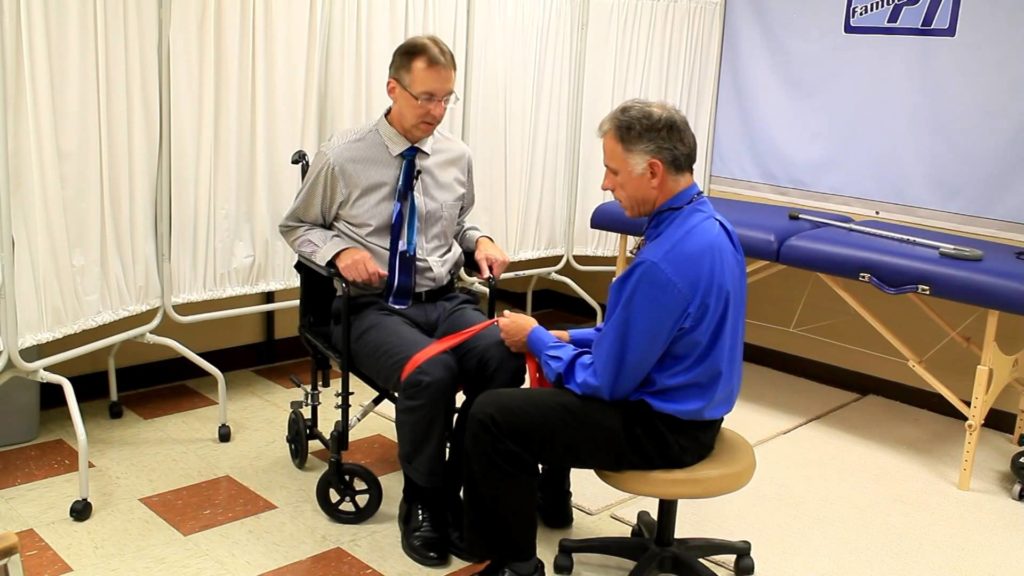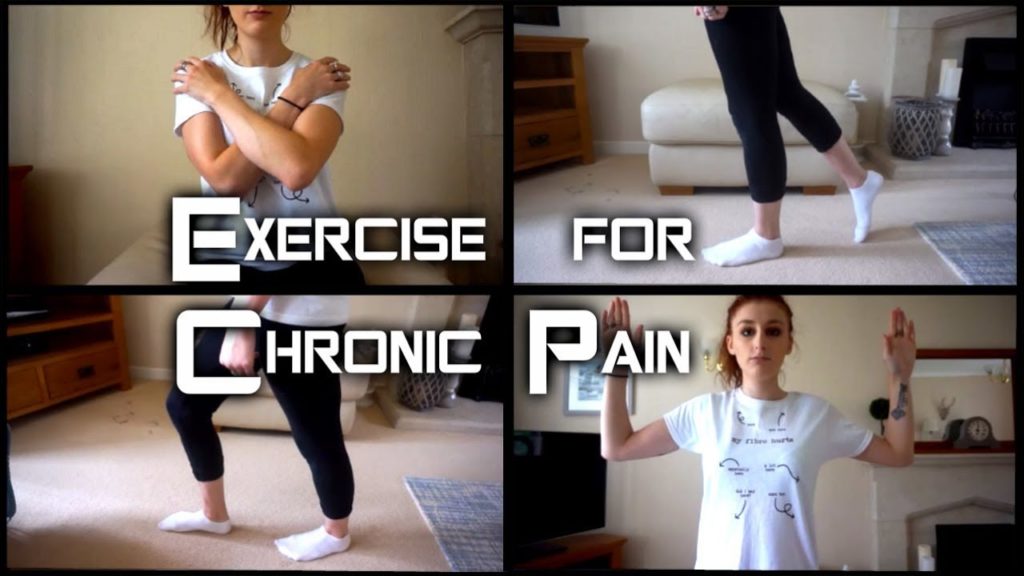
Housework
“Vacuuming and scrubbing the floor are enough exercise to protect the heart and extend life,” reports The Telegraph, with other media sources reporting a similar finding – that physical activity in our everyday lives is just as good as going to the gym.
This follows a large international study published in The Lancet that included more than 130,000 people from 17 countries.
The researchers wanted to compare physical activity and heart disease levels in countries ranging from low income to high income.
There’s firm evidence that regular physical activity reduces the risk of cardiovascular disease (CVD) and other long-term diseases. However, most evidence has come from high-income countries where people often exercise for leisure – for example, going to the gym or playing sport.
In lower-income countries, it’s possible people are generally less likely to do recreational exercise but more likely to have physically active lifestyles involving manual work. The aim was to see if this sort of day-to-day activity could be just as beneficial as any other type of exercise.
The main finding was that it made no difference. Physical activity of any type – whether it was walking or doing household chores – was clearly linked with a lower risk of death or heart disease and stroke.
The study supports current government recommendations to do at least 150 minutes of moderate activity a week. People who achieved this had about a 20-30% reduced risk of death, heart disease or stroke compared to those who didn’t.
Where did the story come from?
The study was carried out by researchers from Simon Fraser University and Hamilton Health Sciences & McMaster University, both in Canada, and from the University of Edinburgh, among other international institutions.
Funding was provided by a number of organisations including the Population Health Research Institute, and the Canadian Institutes of Health Research, Heart and Stroke Foundation of Ontario, as well as pharmaceutical companies AstraZeneca, Sanofi-Aventis, Boehringer Ingelheim, Servier, GSK, Novartis and King Pharma.
The study was published in the peer-reviewed medical journal The Lancet, and is free to read online.
Generally, the media accurately reported the finding that the more exercise you do – regardless of the type – the better. However, headlines tended to emphasize household and other daily chores rather than recreational activities, which was slightly misleading. Housework wasn’t found to be any better than other forms of activity recorded.
What kind of research was this?
This was an international prospective cohort study that looked at the relationship between physical activity and cardiovascular disease and mortality.
The Prospective Urban Rural Epidemiologic (PURE) study included 17 countries around the world with different income levels to see if the benefits of exercise on the heart depended on the type of physical activity done.
What did the research involve?
The PURE study included three high-income countries (Canada, Sweden and the United Arab Emirates), seven upper-middle-income countries (Argentina, Brazil, Chile, Poland, Turkey, Malaysia and South Africa), three lower-middle-income countries (China, Colombia and Iran), and four low income countries (Bangladesh, India, Pakistan and Zimbabwe).
Within the countries, different urban and rural communities were selected to represent geographical diversity. Adults aged 35 to 70 from selected households were invited to take part, mostly between 2005 and 2010.
Participants answered questions on sociodemographics, medical health and lifestyle. They also completed the International Physical Activity Questionnaire (IPAQ), which asked them to record any activity they did – whether non-recreational (occupational, transportation, housework) or recreational.
Total physical activity was categorised as:
Low physical activity – less than 600 metabolic equivalents (MET) x minutes per week, which equates to less than 150 minutes of moderate physical activity a week.
Moderate physical activity – 600-3,000 MET × minutes per week, which equals 150-750 minutes of moderate activity a week.
High physical activity – more than 3,000 MET × minutes per week, equal to more than 750 minutes of moderate activity per week.
The main outcomes the researchers looked at were death from cardiovascular disease and having a heart attack, stroke or heart failure. In high-income countries, this information was taken from registries, but in middle- and low-income countries researchers sometimes had to rely on family or friends of participants to provide information on probable cause of illness or death.
The analyses included 130,843 people who completed the IPAQ. Anyone who had CVD at the start of the study was excluded. Researchers looked at the relationship between activity and cardiovascular disease or heart-related deaths, adjusting the data to take into account factors that may have influenced results, such as age, sex, BMI and waist-hip ratio, smoking, high blood pressure, and diabetes. The participants were followed up over an average period of 6.9 years.
What were the basic results?
Overall, the total amount of physical activity and recreational activity decreased from high-income to low-income countries. Levels of non-recreational activity were similar across all countries.
Rates of deaths, heart attacks and stroke also significantly decreased with increasing levels of physical activity. The overall rates of mortality or major cardiovascular disease events (stroke, heart attack or heart failure) were 9.46 per 1,000 people per year in the low-activity group, which reduced to 7.14 in the moderate-activity group, and to 6.60 per 1,000 per year in the high physical activity group.
People who met current physical activity recommendations – at least 150 minutes of moderate activity each week (the moderate to high activity groups) – had a 22% lower risk of death or risk of a major cardiovascular event compared with those who with low physical activity levels (hazard ratio [HR] 0.78, 95% confidence interval [CI] 0.74 to 0.83). Risk of death was 28% reduced (HR 0.72, 95% CI 0.67 to 0.77) and risk of heart attacks or strokes was 20% reduced (HR 0.80, 95% CI 0.74 to 0.86).
The beneficial effect of exercise (and the increased risk of heart-related deaths from lower levels of physical activity) was seen across all countries.
How did the researchers interpret the results?
The researchers concluded: “Higher recreational and non-recreational physical activity was associated with a lower risk of mortality and CVD events in individuals from low-income, middle-income, and high-income countries. Increasing physical activity is a simple, widely applicable, low cost global strategy that could reduce deaths and CVD in middle age.”
Conclusion
This study shows that all physical activity, in any form, is good for us. This includes both recreational and non-recreational activities.
Don’t be misled by some of the media: non-recreational activities like housework are not “better” than recreational activities like playing sports or going to the gym.
The fact that reduced risk was seen with non-recreational activity across all countries, but only seen with recreational activity in high-income countries was probably just because fewer people in lower-income countries play sports or go to the gym.
The researchers estimate that 8% of all deaths and 4.6% of all cardiovascular disease events in the population could be prevented if everyone met the current physical activity recommendations: doing at least 150 minutes of moderate activity each week.
The study had a few important limitations:
Participants may have inaccurately reported the amount and type of activity.
Disease outcomes and cause of death may be inaccurate – particularly in lower-income countries where this information could not be collected as reliably through registries and medical records. And people with pre-existing disease may not have been reliably excluded.
The researchers tried to adjust for confounding factors that may influence the results, but weren’t able to cover them all – notably, they failed to adjust for diet.
Participants were from a range of countries worldwide, but this may not have been entirely representative. For example, in some lower-income countries it may have been harder to contact households. Also, the main age group represented was middle-aged adults.
These limitations mean the study results are only estimates and cannot be taken as hard figures. Nevertheless, this is a large, good-quality study published in a highly respected medical journal, and the findings reinforce current government recommendations for physical activity.
You should aim to do at least 150 minutes of moderate exercise per week, such as brisk walking or cycling and strength exercises on two or more days a week.
However, if you feel this advice might be unachievable to start with, aiming for 10 minutes moderate exercise a day, such as brisk walking, is a good start. Any type of exercise is likely to be good and a gym membership isn’t necessary.
Read more about how to get and stay fit.




